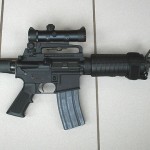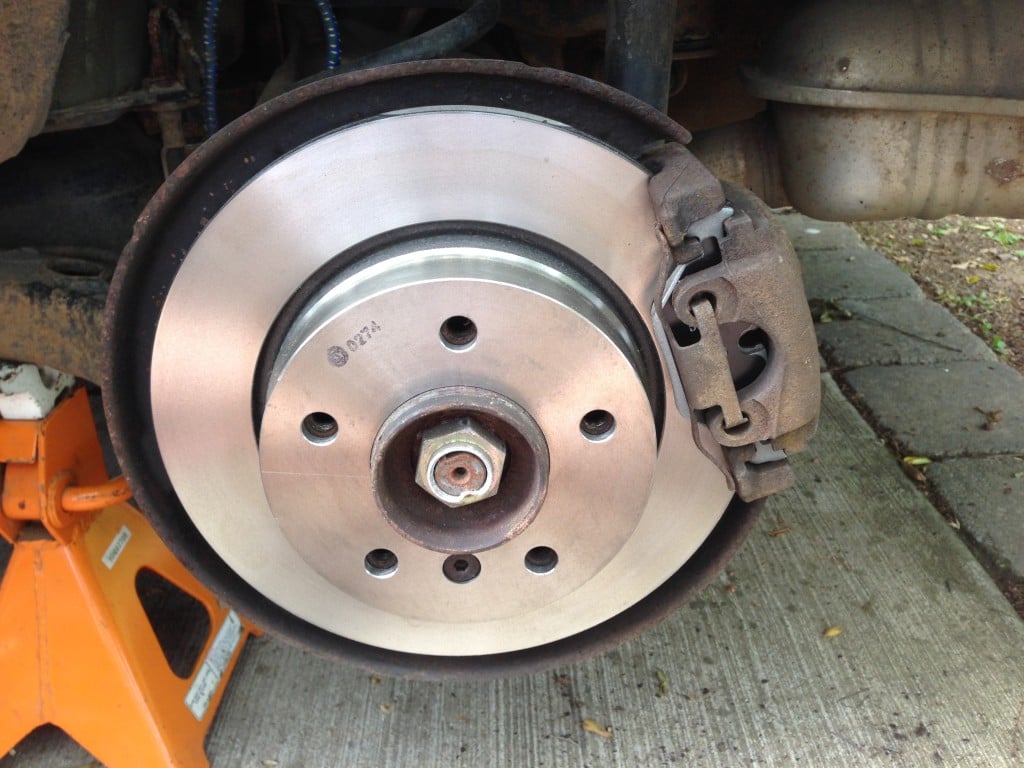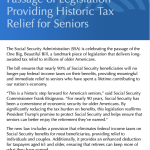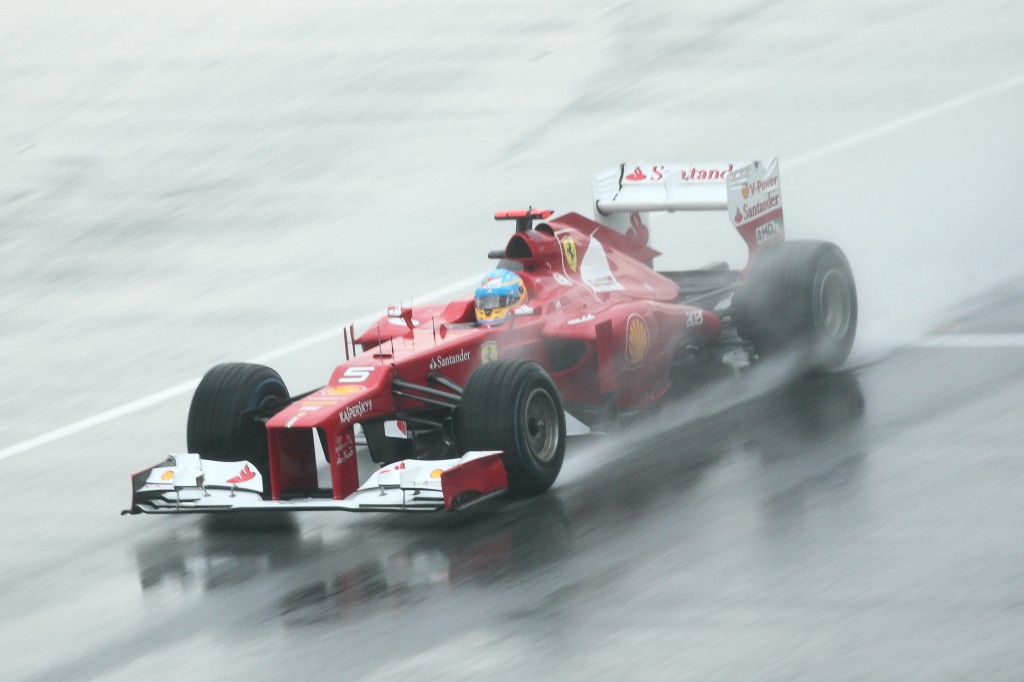
Long time readers know that I’m a bit of a gearhead. I like cars, you see. Fast cars, especially. I like just about everything about them. Engine types, transmissions, gear ratios, suspensions, power adders, you name it.
Every car has something in common with a Formula 1 race car. It needs to be able to grip the road, and grip it well.This is never truer than when it is wet. Ayrton Senna was a driver who excelled in the wet. Rain happens, you know?
Unlike race car teams, though, my budget is limited. I need good tires that perform well in all conditions. I can’t just pull into the pits and swap out the tires that do great in the dry for ones that do great in the rain, see? I want, and need, tires that can handle those two conditions in one package.
I had that package on my Honda Fit when it was brand new back in 2007. When the original Dunlop SP 31 A/S shoes wore out, I went looking for replacements that were a) cheaper, b) better, and c) faster. You may not be aware of the fact the oftentimes the best modification to your car’s suspension is via buying better tires. They are that vital to how well a car handles.
Where I live in East Tennessee, God’s Country though it is, it rains a lot. So when I’m looking for tires, I heavily weight a tires wet handling performance when considering a purchase. Where do I get this kind of data from? From the same place I buy most of my tires: the Tire Rack. They ship tires to you directly, or to an installer that is close by. They test tires, and post results that you can evaluate. They also allow customers to review tires so you can obtain some real world feedback from other drivers.
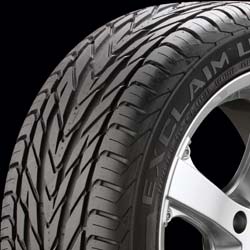
So when the Dunlops wore out, see, I headed to Tire Rack to research a suitable, and cheaper, replacement.
The Dunlops were grippy, but they didn’t last very long, and they were a bit pricey for such a small tire. After researching what was available, I opted for a set of Exclaim UHPs from General Tire. They were cheaper than the Dunlops, while handling better in both dry conditions and (more importantly) in the wet. The tread pattern looked like a Formula 1 rain tire, too.
They were quieter than the Dunlops, took corners better than the Dunlops, and the handling and breaking in the rain was outstanding with this tire from General.
So of course, they stopped making them.
No problem, right? Well, I wasn’t going to go back to the Dunlops because ka-CHING, and the General’s had spoiled me. The selections that came up when I was doing my searching kind of left me underwhelmed too. General stopped making the Exclaim, and now had the G-Max AS 03 on the market. Hind sight being 20/20, I should have went with those. Instead, I deviated from the plan.
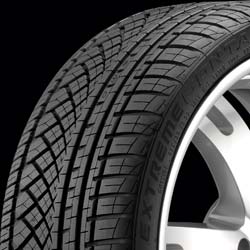
Two things happened that led to this.
First off, a Discount Tire center opened up in my town, and having had good experience with their service when I lived in California, I bought tires there for my 2003 Cobra. I had bought the Cobra used, recall, and the tires on it were a)shot, and b) bloody awful.
Again using the tools available at Tire Rack, I decided on a set of Continental Extreme Contact DWS (meaning Dry, Wet, Snow). Pretty much everything you need to know about that tire is right there in its name. The test results confirm, and my own experience verifies, that these Continentals are the real deal. For you folks who get a lot of snow, these may even obviate the need for dedicated snow tires. They are that good in the snow.
And check out that neat tread pattern. Whoa. But who cares what they look like? All I know is they can put the power down in the dry and in the wet, and can even get me out of a jam if it suddenly snows. It never just suddenly snows anywhere, right? Heh. And when it gets cold outside, these tires don’t feel like stones and slide all over the road because they can’t get any grip when temperatures fall below 40 degrees.
Unfortunately, Continental doesn’t sell these tires in the size needed for my Honda Fit. But Discount Tire Center had a tire made exclusively for them by Yokohama, see, and this is where I blew it and tossed all of my careful research out the door and took a flyer on newbie treads.

I did so based on past experience, and in the hopes that they would live up to my expectations. I had had Yokohama tires on my minivan (yeah, the one that got toasty) and they had been a vast improvement over the stock Goodyears that were on it originally.
The tread even looked a bit like the Continentals, see? And their website was ranking them as doing well in both dry and wet conditions. Given that my former experience with Yokohama tires was positive, I was willing to give them the benefit of the doubt.
And then, I saw this video.
Yep. After watching that, given my experience with these tires in the wet, all I can say is I fell for a commercial. It must have been because of the Mustang. Sigh.
Despite review comments on their website to the contrary, these aren’t the best tires I’ve ever had. They aren’t too bad in the dry, but the first time I drove them in the rain, I realized my goose had been cooked.
That driver up in the video waxing enthusiastic about the tires ability in the wet? Let’s just say his experience hasn’t been borne out by my experience with these banana peels. The first thing I remember was slip, slip, slipping in the wet, around curves I had never had to even think about when I was riding on the old Dunlops, or on the Generals. And my first outing in the wet with these tires was in a light drizzle at the time.
Actual heavy Tennessee rain? These tires are just plum worthless in heavy water. Obviously a driver has to slow down when conditions are wet, but these tires inspire no confidence at all. I don’t even want to know how these tires would act in the snow.
So there you go, folks. I say for spirited drivers, avoid the Yokohama YK580. Caveat emptor.
UPDATE 3/24/2015
I’ve determined that the problem with this tire has something to do with the driving surface on a big, sweeping, curve I encounter on my commute. To the eye, the surface of the road has a gradation that can be readily seen where one layer differs from the other. The tire gets squirrely on this layer. See the photograph below,
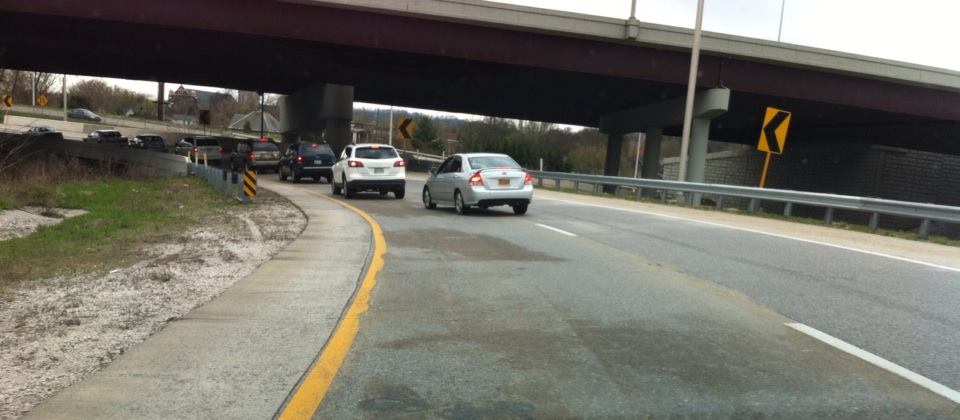
But the fact remains that none of the other tires I mention in this post ever reacted to this condition like the Yokohamas have. Maybe it has something to do with Yokohama’s Orange Oil technology? Dunno. In the snow, though, this tire does pretty well.




